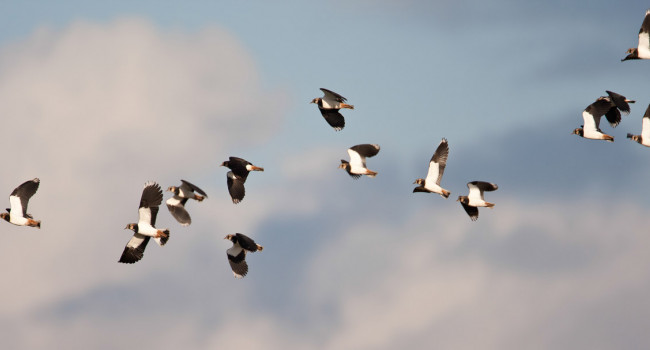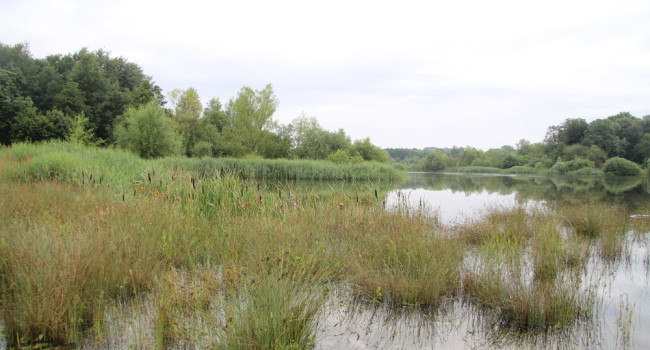A family of process-based models to simulate landscape use by multiple taxa

Author(s): Gardner, E., Robinson, R.A., Julian, A., Boughey, K., Langham, S., Tse-Leon, J., Petrovskii, S., Baker, D.J., Bellamy, C., Buxton, A., Franks, S., Monk, C., Morris, N., Park, K.J., Petrovan, S., Pitt, K., Taylor, R., Turner, R.K., Allain, S.J.R., Bradley, V., Broughton, R.K., Cartwright, M., Clarke, K., Cranfield, J., Fuentes-Montemayor, E., Gandola, R., Gent, T., Hinsley, S.A., Madsen, T., Reading, C., Redhead, J.W., Reveley, S., Wilkinson, J., Williams, C., Woodward, I., Baker, J., Briggs, P., Dyason, S., Langton, S., Mawby, A., Pywell, R.F. & Bullock, J.M.
Published: May 2024
Journal: Landscape Ecology
Article No.: 102, (2024)
Digital Identifier No. (DOI): 10.1007/s10980-024-01866-4
One way to determine where habitat restoration might most usefully occur is to use computer models to predict how changing landscapes in particular areas might best benefit different wildlife groups. This collaborative paper involving BTO, led by colleagues at UKCEH, attempted to do just that by developing a computer model that can be adapted to suit different groups, including bees, bats and birds. The family of models is called the ‘4pop’ models, and that for birds is known as the ‘bird4pop’ model. These models work by simulating how individuals move, forage and breed over time, so birth (i.e. number of chicks hatched) and death rates can be estimated. This allows researchers to investigate how populations might change over time under different landscape scenarios.
The bird models were set up based on the expert knowledge of authors, together with information gleaned from the published literature. The models looked specifically at three groups of birds (woodland specialists, woodland generalists and edge-nesting farmland passerines) and four individual species. The researchers then tested exactly how well the models predicted actual bird counts from BTO/JNCC/RSPB Breeding Bird Survey, based just on the habitat features present in the squares. The models did a reasonable job and, perhaps unsurprisingly, did a slightly better job for the individual species than for the multispecies groups.
There is still work to be done before these models can be used in real-world decision-making situations, but they form a firm foundation, filling a gap by offering a flexible approach that can be adapted to mimic the needs of multiple species. They also allow the integration of different forms of knowledge (data from field studies, expert opinion, citizen science and standardised monitoring, alongside landcover data) to help address the challenge of promoting landscapes that are better for wildlife.
Abstract
Context
Land-use change is a key driver of biodiversity loss. Models that accurately predict how biodiversity might be affected by land-use changes are urgently needed, to help avoid further negative impacts and inform landscape-scale restoration projects. To be effective, such models must balance model realism with computational tractability and must represent the different habitat and connectivity requirements of multiple species.
Objectives
We explored the extent to which process-based modelling might fulfil this role, examining feasibility for different taxa and potential for informing real-world decision-making.










Share this page